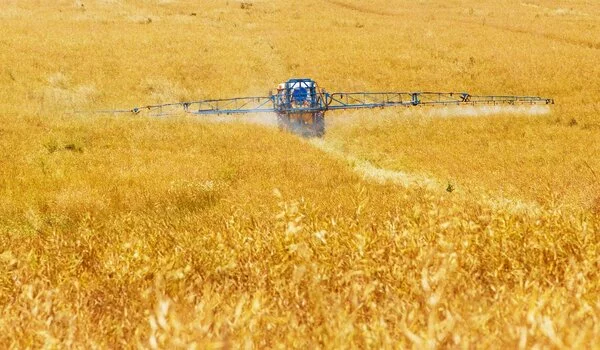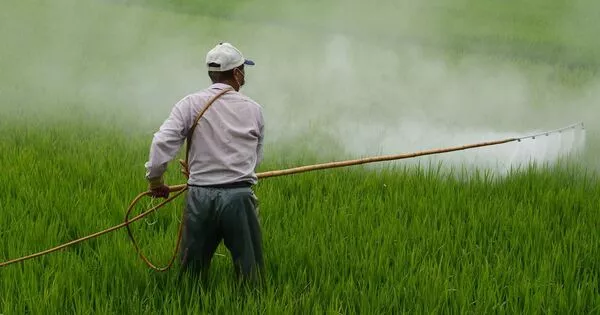Real-time monitoring of biochemical reactions, biomolecular and microbial changes in land, water, food, and the environment has made significant progress thanks to advances in nanotechnology and biosensing technology. Nano-biosensors are made up of a biological molecule capable of recognizing analyte/target molecules when coupled with a receptor molecule and a transducer that converts the recognizing event into readable signals that quantify the analyte molecules.
Two new low-cost tests that detect chemicals using nanoparticles can accurately measure trace amounts of two potentially harmful herbicides in fruits, vegetables, and their products.
A Washington State University research team used two testing methods to measure the levels of two herbicides, atrazine and acetochlor, in samples of apples, strawberries, cabbage, corn, and fruit juices, as reported in the journal Food Chemistry. The work demonstrates the real-world viability of their simple and low-cost testing methods.
“We applied this technology for real sample detection—an important step toward commercialization,” said Annie Du, principal investigator of the project and research professor in WSU’s School of Mechanical and Materials Engineering.
We can detect things that are below the maximum concentration limits. If the sample contains any pesticides or herbicides. That’s good because while this can be done by other methods, this method is low-cost and portable in the field.
Van Wie
The Food and Drug Administration (FDA) regularly tests a broad range of commodities for approximately 800 pesticide residues, and producers are required to keep the chemical residues on food below a certain level that is considered safe. The two herbicides the researchers measured are widely used in crop production in the U.S. At high exposures, they are potentially toxic for people and have been linked to a range of maladies from allergies to hormone disruption to cancer.
Doing the testing, however, currently requires sophisticated and expensive instruments as well as a trained technician.
“We want to come up with a low-cost method that can be used in the field or in the laboratory,” said Bernie Van Wie, corresponding author on the paper and a professor in WSU’s Gene and Linda Voiland School of Chemical Engineering and Bioengineering.

The researchers have developed and patented their idea, which uses palladium and platinum nanoparticles to amplify the signal of molecules, over the last few years. The nanoparticles bind to an antibody, which recognizes the chemical and stimulates the production of a signal. The amplification enables the researchers to determine how much of the chemicals are present and at what concentration.
The nanoparticles were used in two types of tests to measure two chemicals at the same time in this latest study. The chemicals were mixed into pureed fruit and vegetable samples.
One test employs palladium-platinum nanoparticles to catalyze a reaction that results in a color change in a sample when the herbicide is present. The test can be performed with a small unit that can be transported into the field. The other test developed by the researchers incorporates the nanoparticle into a low-cost paper strip that resembles a COVID-19 or pregnancy test and can be read using a smartphone reader.
The tests were sensitive enough to measure the chemicals down to the maximum allowable levels, and they were validated using conventional testing methods.
“We can detect things that are below the maximum concentration limits. If the sample contains any pesticides or herbicides, “Van Wie stated. “That’s good because while this can be done by other methods, this method is low-cost and portable in the field.”





